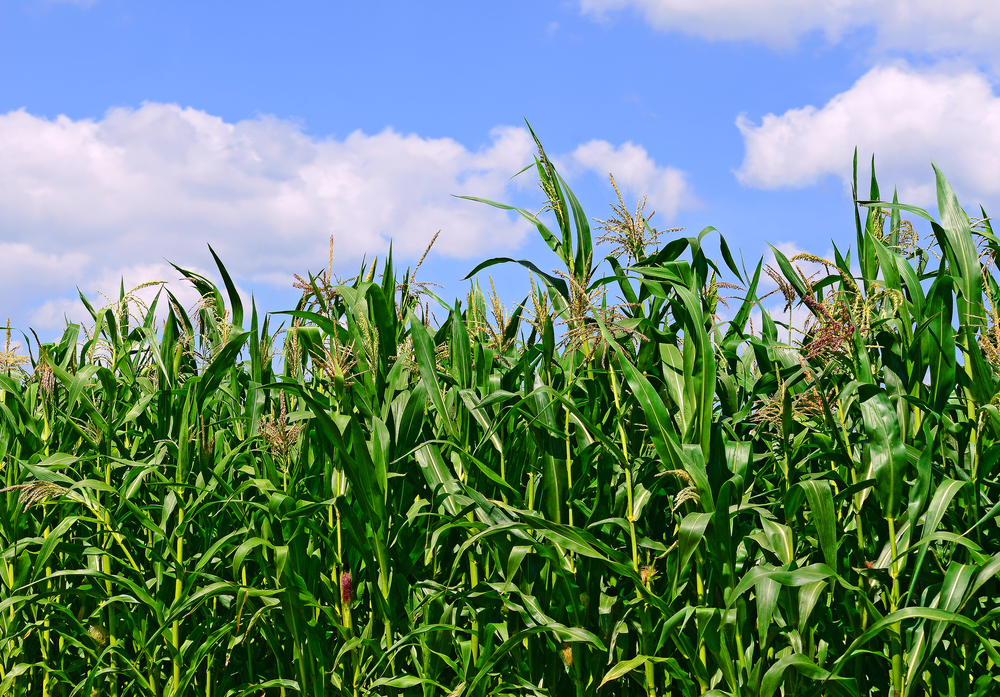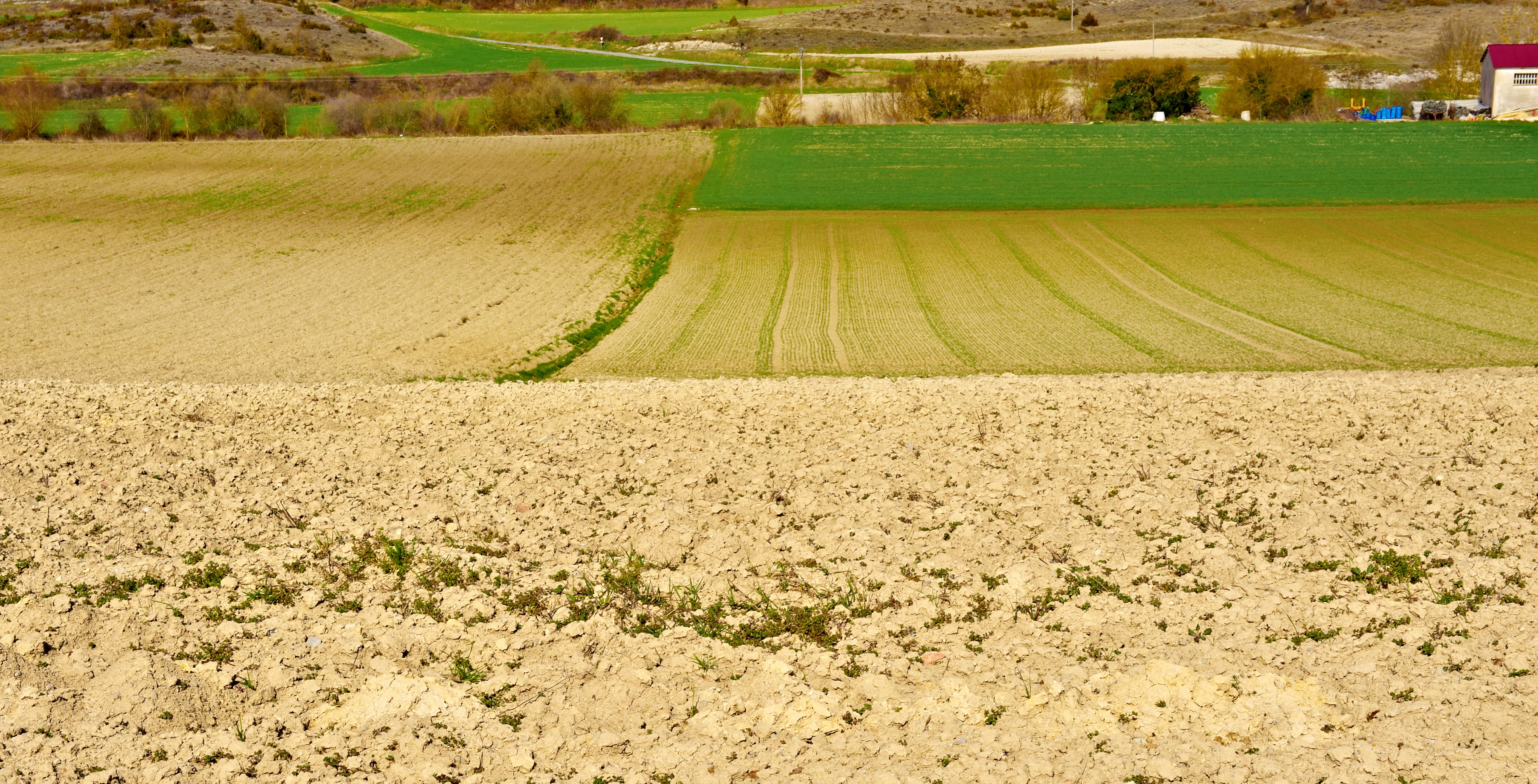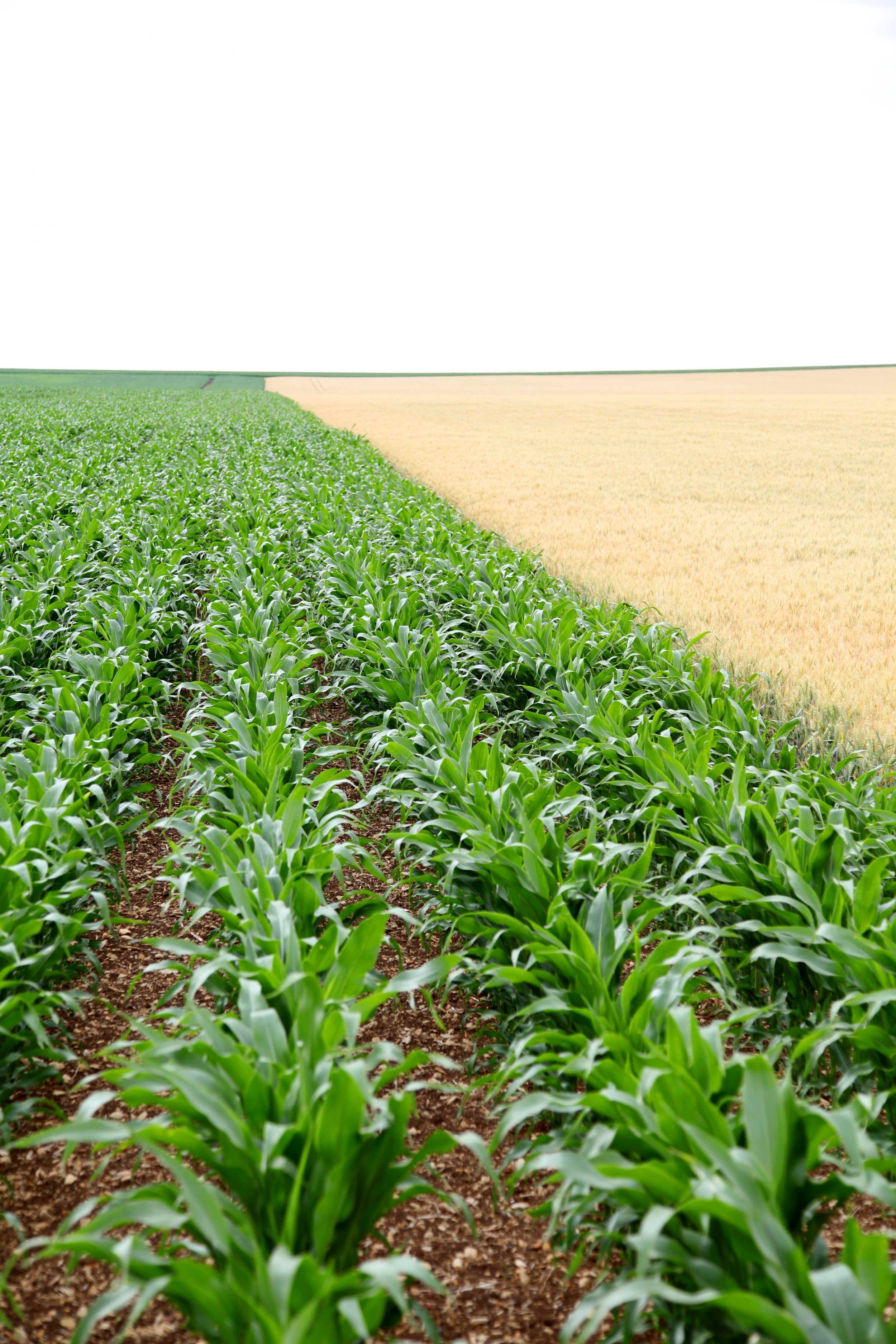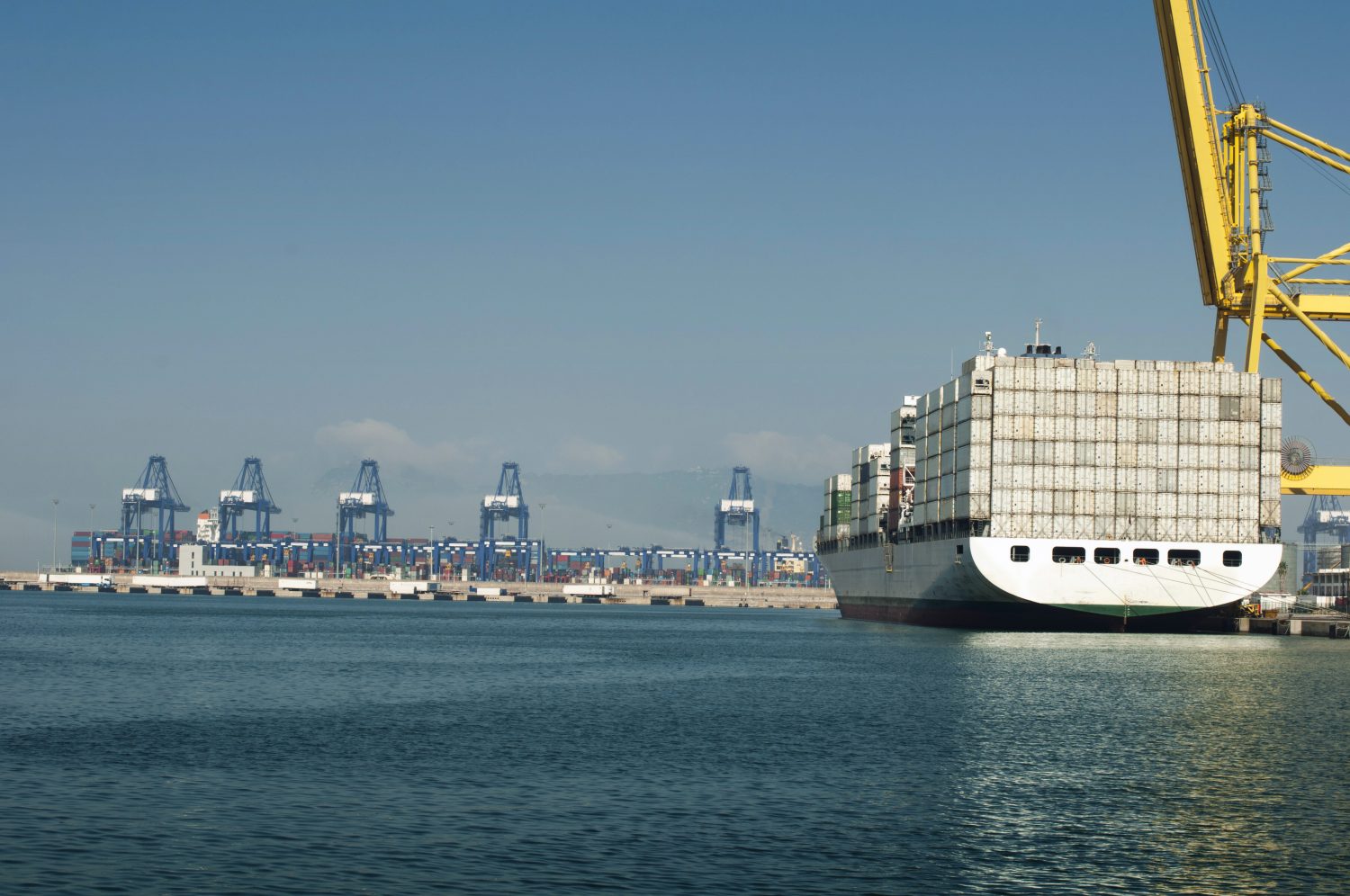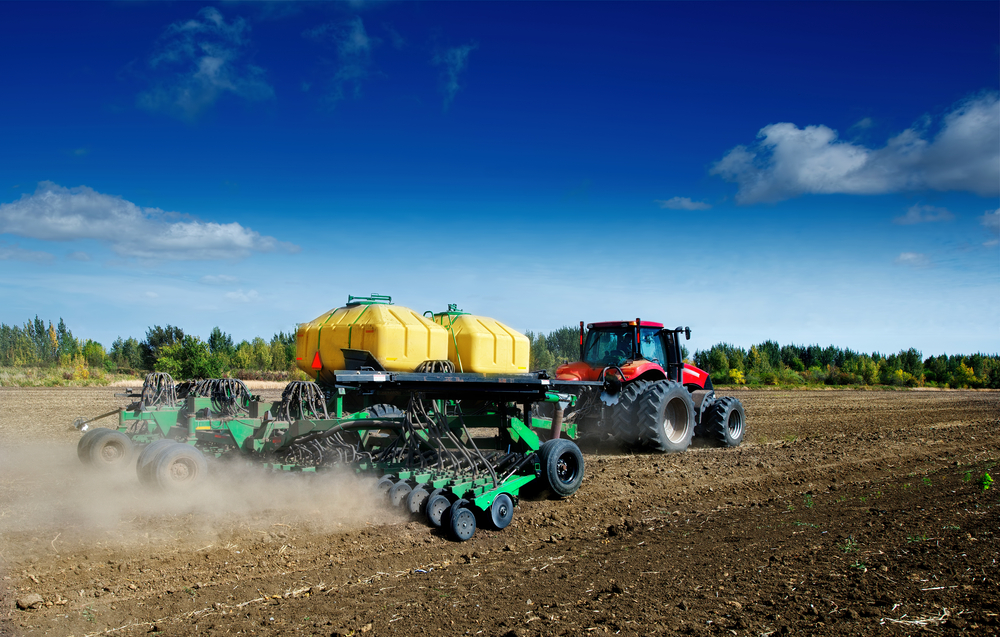Crop Progress: Farmers Plant 60% Of Nation's Corn Crop In 3 Weeks
A cold, wet and snowy start to the 2018 planting season had many farmers delayed, but in just three weeks the nation's corn crop has gone from 5% planted to 62% planted.
States like Illinois and Indiana made significant progress this week and the corn crops there are ahead of their 5-year-averages. In Illinois, 90% of the corn crop is in the ground. In Indiana, 73% of the corn is planted. Both states are 20 points ahead of their 5-year-average.
While Iowa farmers saw a 25 point gain from the previous week with 65% of their corn planted, they are slightly behind their normal pace of 70%.
"Progress varies greatly across the state," said Iowa Secretary of Agriculture Mike Naig on Monday.
Northwest and north central Iowa are lagging well behind average due to wet conditions, he explained. In southeast Iowa farmers are hoping for rain as 91-percent of corn and 65-percent of soybeans in that area have been planted.
The upper Midwest continues to struggle getting corn in the ground. In Minnesota, only 40% of the corn is planted compared to 77% the same week last year. In North Dakota, only 35% of the corn is planted, and only 30% of Wisconsin's corn is planted. South Dakota is showing the most significant lag, running 50 percentage points behind last year with only 21% of the crop planted.
Soybean Plantings Rocket Forward Too
Farmers in the Corn Belt are getting soybean plantings hammered out too. The nation's crop is 25% planted, slightly ahead of the 5-year-average. Some states are making more progress than others.
In Illinois, soybeans are 66% planted, a 42 point advantage over the state's 5-year-average. Similarly, Indiana is 53% planted, 34 points higher than their average.
Soil temperatures in Minnesota, North Dakota and South Dakota are keeping soybean plantings delayed in those states.
